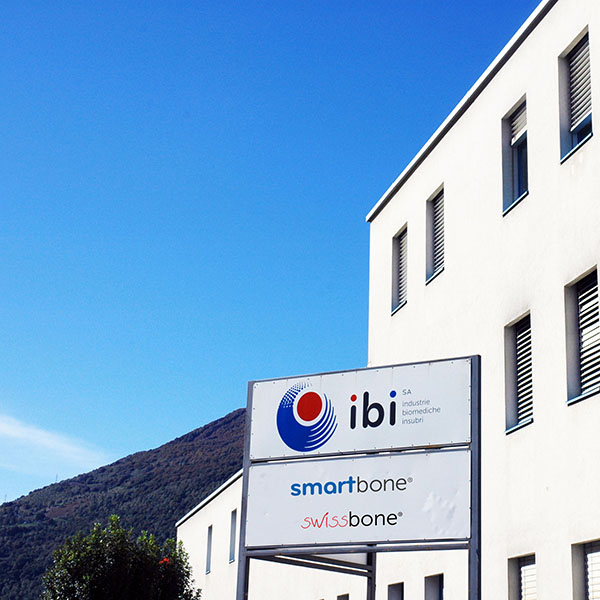CLOSE

Date:
2020
Journal:
Materials 2020, 13, 4040; doi:10.3390/ma13184040
Author:
R. Ferracini, A. Bistolfi, C. Guidotti, S. Artiaco, A. Battista, B. Battiston and G. Perale
Link:

Abstract: (1) Background: Recently, surgical treatment of distal radius fractures has increased
exponentially. Many locking plates’ fixation systems have been developed allowing a more stable
reduction and early mobilization. Sometimes, open reduction and fixation of distal radius fractures
may leave a residual bone loss requiring grafting. This retrospective study reports clinical and
radiologic outcomes of distal radius fractures treated with xenohybrid bone grafting in order to
assess (i) the safety of the investigated bone graft; (ii) its radiological integration and biomechanical
performances, and (iii) clinical outcomes of the patients; (2) Methods: We performed a retrospective
study on a cohort of 19 patients. Preoperative X-ray and CT scan were performed. The mean
clinical and radiographical follow-up was two years. Safety of the xenohybrid bone graft was
constantly evaluated. Clinical results were assessed through the DASH score and Mayo wrist score;
(3) Results: No adverse reactions, infections, and local or general complication were related to the use
of xenohybrid bone graft. The radiolucency of the xenografts suggested progressive osteointegration.
No evidence of bone graft resorption was detected. All the patients reached consolidation with good
to excellent clinical results; and (4) Conclusions: Clinical and radiological data demonstrated that
xenohybrid bone grafting promotes new bone formation and healing in osteopenic areas caused by
fracture reduction.

IBI SA
Industrie Biomediche Insubri SA
via Cantonale 67, CH-6805 Mezzovico-Vira, Switzerland
t. +41 91 93.06.640
f. +41 91 220.70.00